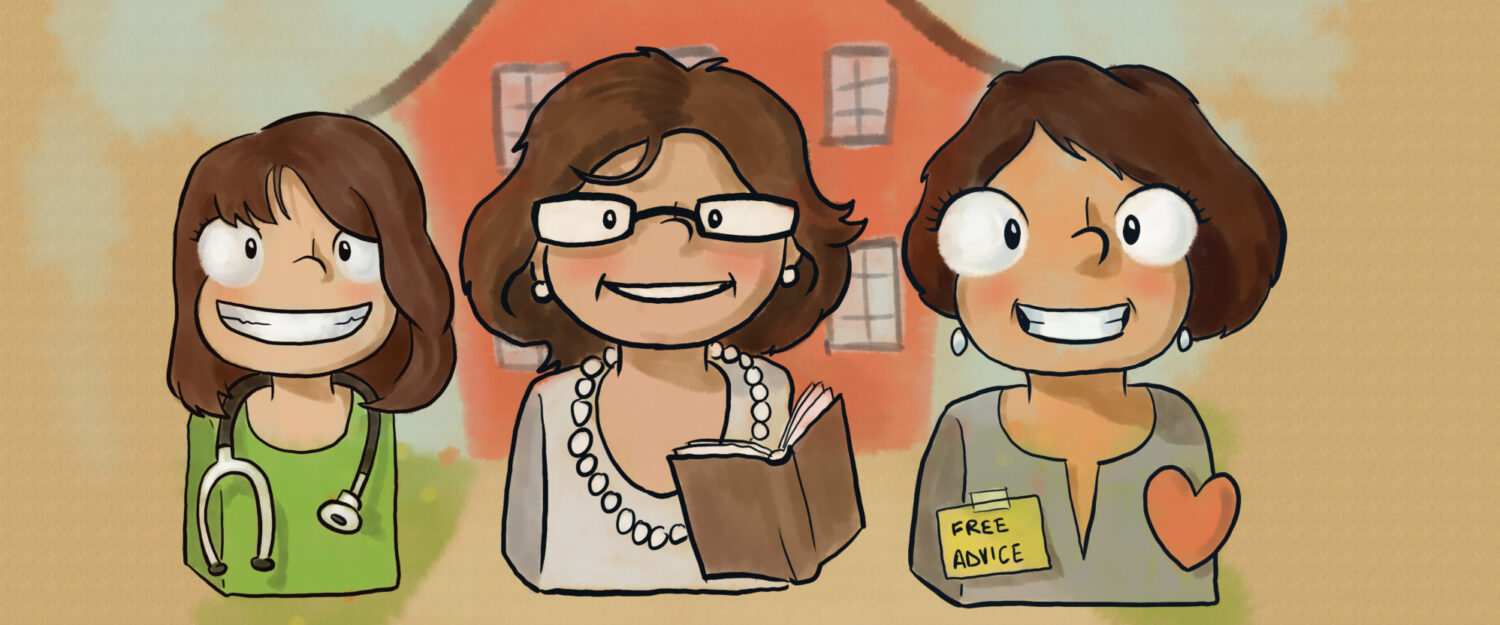My 20 year-old son is spending the spring semester in Spain. We are all excited and looking forward to his adventures. Apparently traveling in Europe is inexpensive as long as one does not check any baggage. So he (and I) completely stressed on how he was to pack in one backpack for a 4-month stay. Well he did! So the adventure is on…
Those are baggage issues we all prefer.
However, many of our students must deal with a different kind of baggage. Our student may bring home, family, friend issues into school each morning. It’s frustrating for us because we are ready to focus on reading and math. However, our student may still be dealing with home issues from last night or this morning. If we ignore the student’s issues, s/he may melt down and act out. No learning occurs.
I developed a simple way the classroom teacher or instructional assistant can help guide a young child through the previous night’s distractions. The SMILE CHART lets the child pick a smiley/straight/sad/angry face on how she felt the previous evening. Next you ask how she felt at bed time. The child picks a face. You can make notes on the sheet about what the child is saying. You also discuss how the child felt in the morning. As the child is picking a face to show how she felt, take this opportunity to empathize and trouble shoot the issue. The last question is how that child is feeling right now. Hopefully this process has helped her put the distractions to rest so she can move on with her day.
If needed, this SMILE CHART can also be used as anecdotal notes to share with the school counselor or community resources. I hope you find this Smile Chart as helpful with your students as I did with mine.
